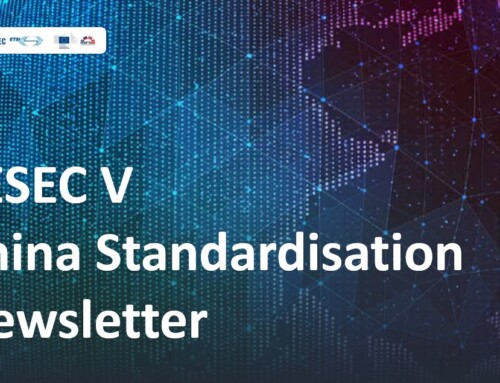Beijing municipality released a notice on May 12, 2022 to collect opinions for the capital standardization strategic outline 2035, which provides standardization support for basically realizing the goal of socialist modernization.
Targets in figures
- Develop more than 30 local standards on coordinated development of Beijing-Tianjin-Hebei region, participate in developing over 100 international standards, develop over 800 local standards, and reduce the average period of standards development to less than 18 months.
- Raise the rate of standard research achievements to over 60 percent, which are obtained from projects of common and key technologies and applied science and technology plans, carry out 40 standardization pilot and demonstration projects, and establish more than 12 national technical standard innovation bases.
Major tasks
- Strengthen the standards support in the construction of “four centers”, i.e. national political center, national cultural center, international communication center, and international technical innovation center.
- Deepen the coordinated development of Beijing-Tianjin-Hebei region with standardization, such as promoting the standards interconnectivity of the region and improving the standards level for the construction of the sub-center of Beijing.
- Raise the standardization level of industries, including high-tech, digital economy, modern services and modern agriculture.
- Highlight the standardization efficiency of smart city management, such as planning and construction management, smart city management, modern urban transportation, urban operation and modern social governance.
- Improve the standardization of green development, including carbon peak and neutrality, ecological system building and protection, and economical and intensive utilization of resources.
- Reinforce the standardization of public services in the areas of education, “healthy Beijing” and social security.
- Deepen the standardization development of “peaceful Beijing” in the areas of risk prevention, disaster prevention and reduction, and emergency management.
- Raise the openness of standardization, such as strengthening the standardization basis of “two zones”, cultivating influential standards bodies, and deepening the standardization communication and cooperation.
- Optimize the standards supply structure, including optimizing the work mechanism for government-led standards, guiding the development of market-oriented standards, and strengthening the application, evaluation and supervision of standards.
- Consolidate the foundation of standardization, including improving the technical support of standardization, cultivating standardization talents, and creating good social environment for standardization.
Source: China Standardization Magazine, 5th issue, 2022.




